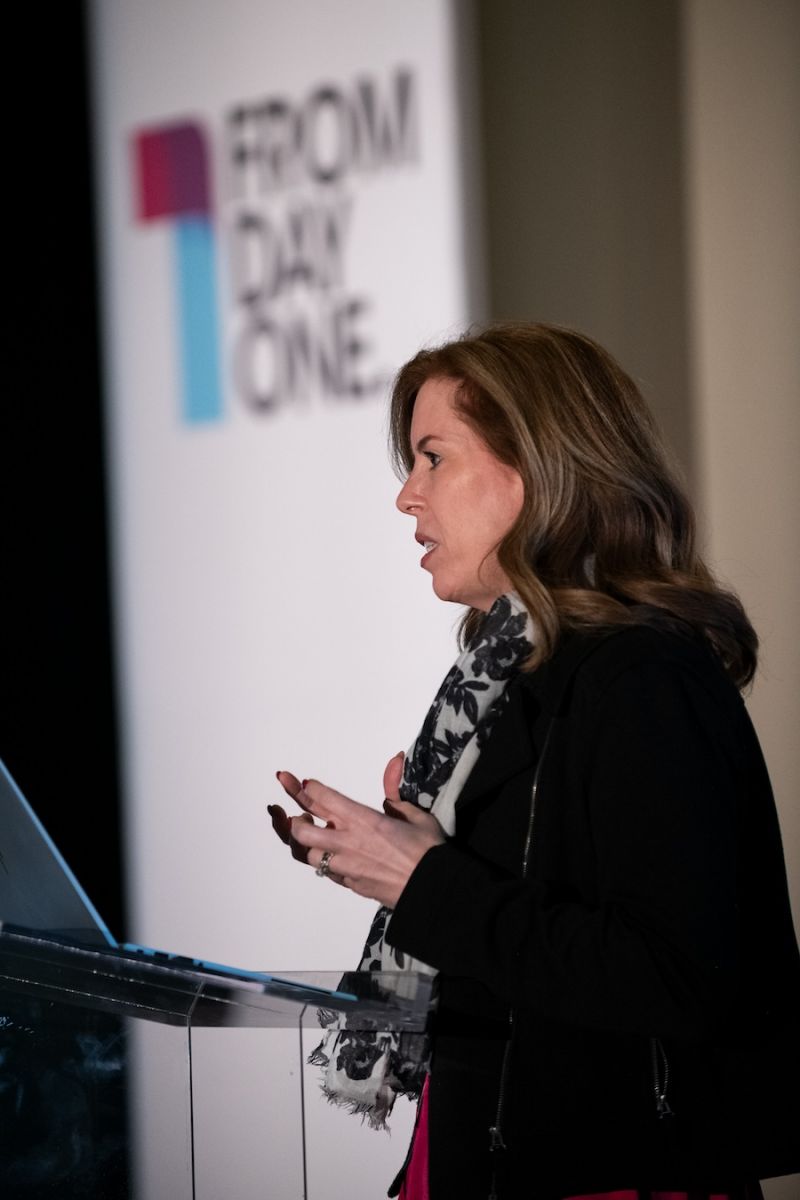Rising Health-Plan Costs and the Role of Centers of Excellence


Cancer treatments now account for the majority of employer healthcare costs, says Dana Baker, senior director at Mayo Clinic’s Complex Care Program. With the rise in high-cost claims and the growing prevalence of cancer treatments, Baker discussed how Mayo Clinic’s Centers of Excellence can help alleviate costs.
Beyond rising drug costs, Baker highlighted the impact of high-cost claimants during a thought leadership spotlight at From Day One's Chicago benefits conference. “Employers are experiencing a 50% increase in this, so when we talk about high-cost claimants,” or individuals whose healthcare costs reach over a million dollars annually.
More companies are turning toward structured healthcare solutions. Each year, Business Group on Health conducts a major survey covering about 17 million insured lives. Based on the findings, these are the top three solutions for controlling health plan costs, says Baker. Baker notes, “50% of the employers shared that they would have a cancer solution by the end of this year, then another 26% are sharing that they’re implementing in 2026 and 2027.”
The Three R’s: Right Diagnosis, Right Treatment, Done Right

Mayo Clinic’s Centers of Excellence (COEs) follow a strategic model to improve healthcare outcomes. “So when you look at what COEs do, we call them the three R's: right diagnosis, right treatment and done right."
Here’s how it breaks down, says Baker.
Simplifying access to high-quality care, even if that means literally moving the patient: Baker acknowledges that some may see covering travel as a significant expense. “When you look at the overall expense of covering travel for a patient, when they go through a program like this, they;re only there for three to five days,” Baker said. “It’s under $2,000 for a patient to travel, have a flight there, and have a hotel. So it's actually not as expensive as you think it would be”
It’s important to focus on the right employees. “That’s really when you look to your partners on how they are identifying these individuals. Are they doing active outreach to patients that are having complex issues?”
Lastly, Baker emphasizes the importance of simplifying the experience. “At Mayo, we’re all under one roof. And what makes that unique is, if anyone’s experienced care there, when you walk in, your labs, your imaging, your pathology, is all done on one campus.”
A Real-World Case Study: Molly’s Story
To illustrate the impact of COEs, Baker shared the case of a patient named Molly. “She was having persistent coughs. This is a case last year, and her local oncologist that treated her before diagnosing her was starting her on aggressive chemotherapy and radiation treatments. However, her employer did offer a Centers of Excellence benefit with Mayo Clinic.”
Mayo Clinic reevaluated Molly’s diagnosis and determined she didn’t have cancer—after she had already begun aggressive treatment. By ensuring diagnostic accuracy, COEs help employers avoid costly and unnecessary treatments. One key factor is having the frozen lab on the same floor as the surgical suites, allowing patients to remain under anesthesia while confirming clean margins. This approach reduces the risk of repeat surgeries or incomplete diagnoses, says Baker. “So Molly had an easy fix, antibiotics and a trip home, and she didn’t have cancer.”
What Employers Should Look for in a COE Program
Baker advised employers to carefully evaluate healthcare solutions. “As you look at the marketplace that's out there, it’s saturated with vendors.” Mayo differentiates itself by ensuring equal access to high-quality care.
Mayo has been providing care for 160 years, compared to some centers that have only emerged in the past few years. Unlike others, Mayo also delivers the actual care. Cancer remains a top driver of employer healthcare costs. “It’s going to be the number one thing for a while. It used to rotate between cardiovascular health and cancer on the top ones, but now it’s truly riding up there as a top expense.”
She emphasized the importance of data-backed healthcare solutions. “The proof is in the data on what the outcomes look like.”
Editor’s note: From Day One thanks our partner, Mayo Clinic, for sponsoring this thought leadership spotlight.
Chris O’Keeffe is a freelance writer with experience across industries. As the founder and creative director of OK Creative: The Language Agency, he has led strategy and storytelling for organizations like MIT, Amazon, and Cirque du Soleil, bringing their stories to life through established and emerging media.
The From Day One Newsletter is a monthly roundup of articles, features, and editorials on innovative ways for companies to forge stronger relationships with their employees, customers, and communities.